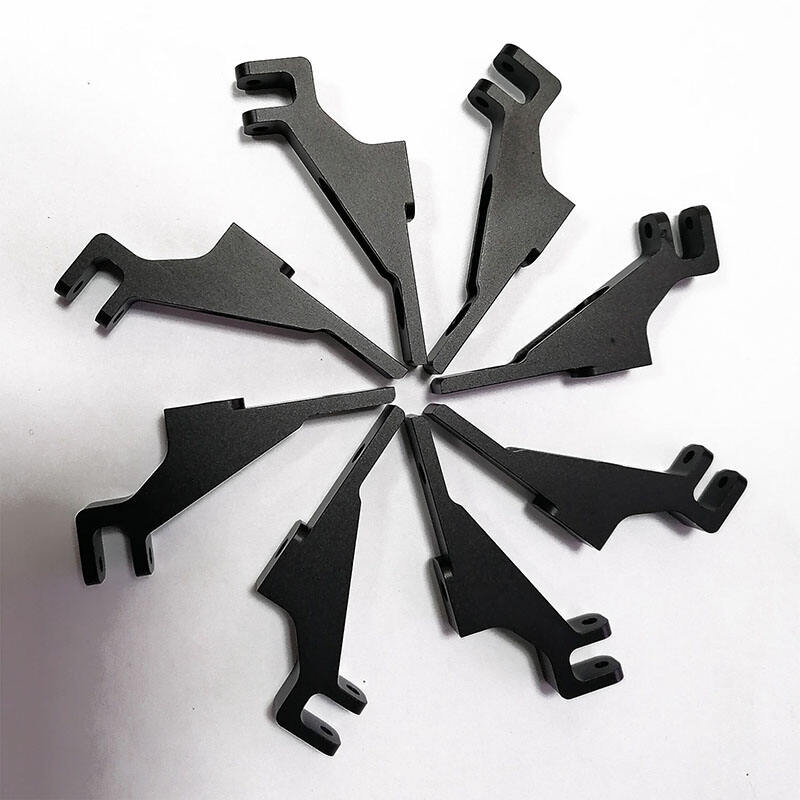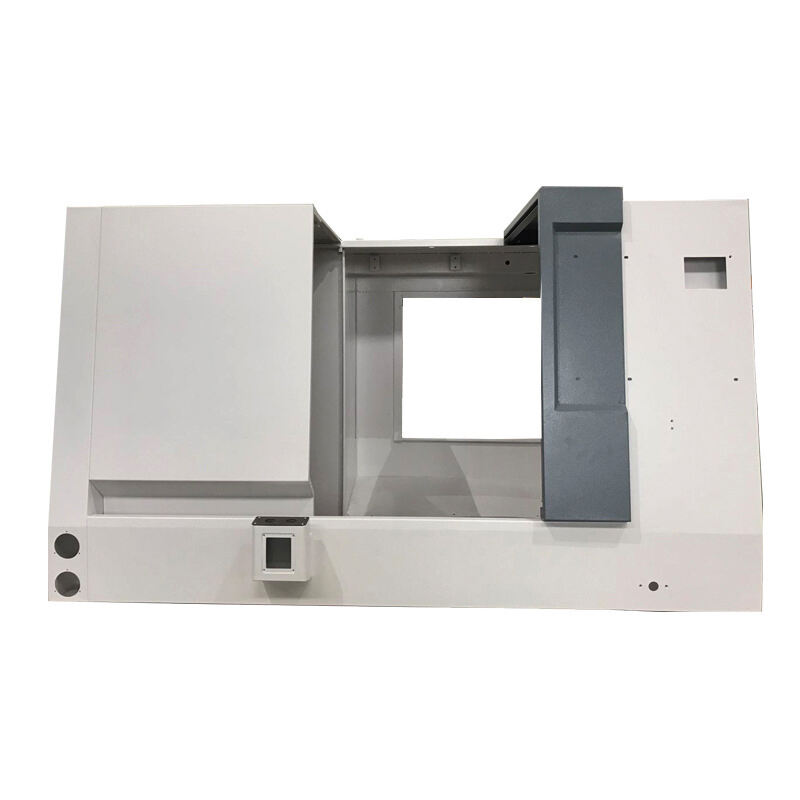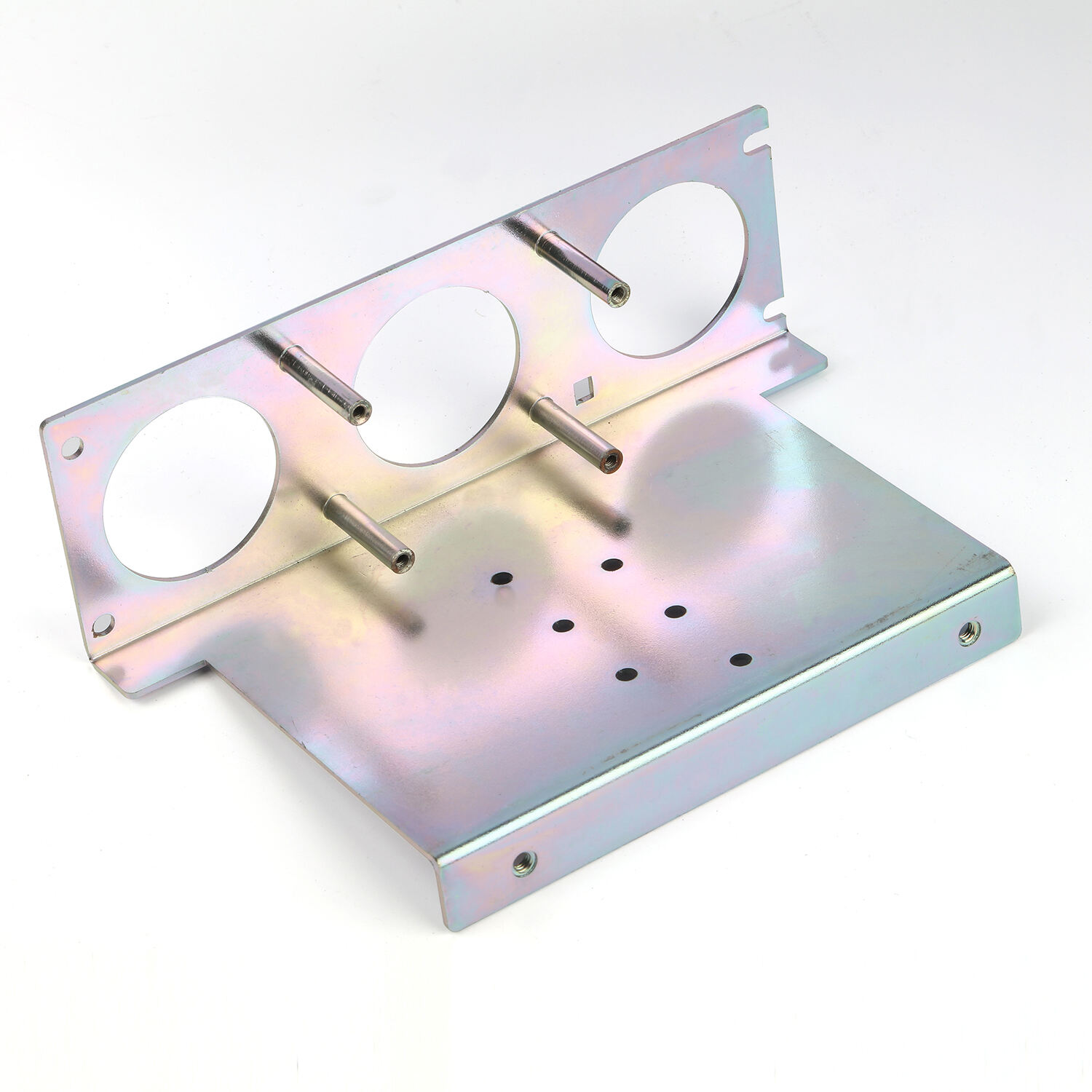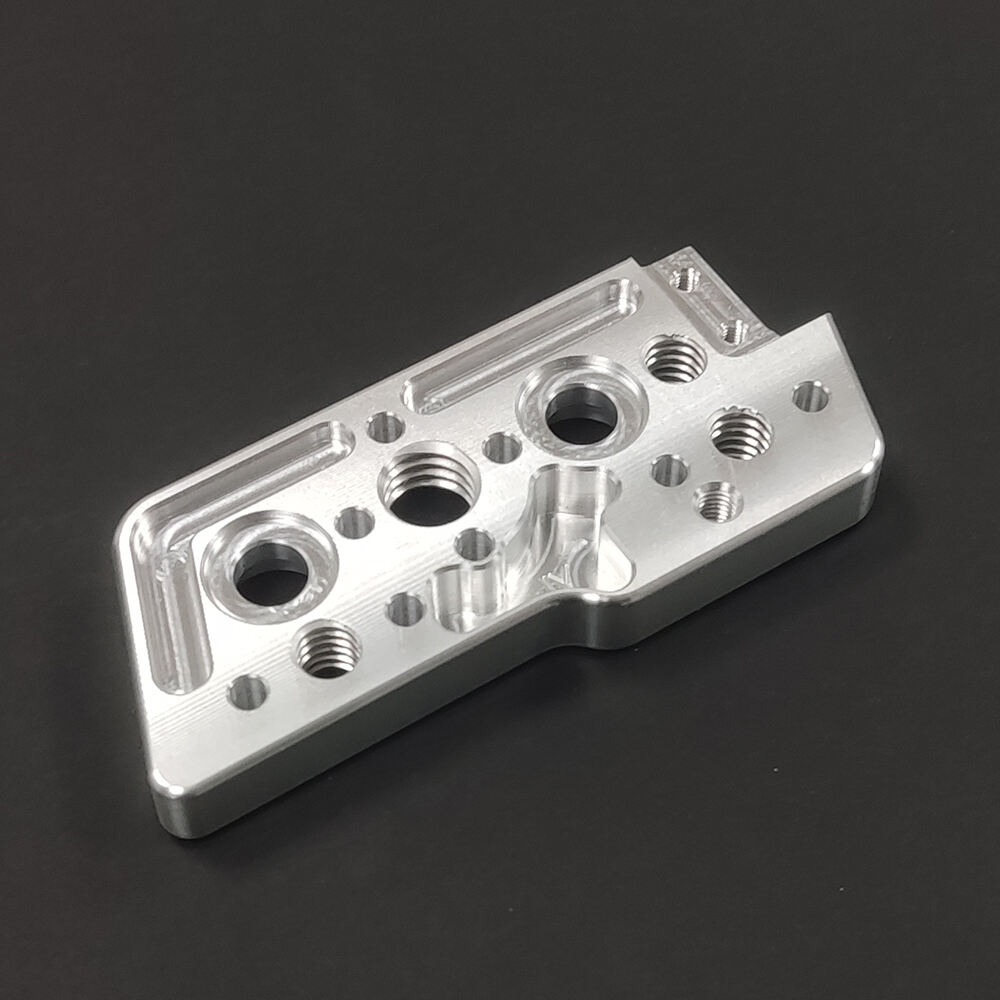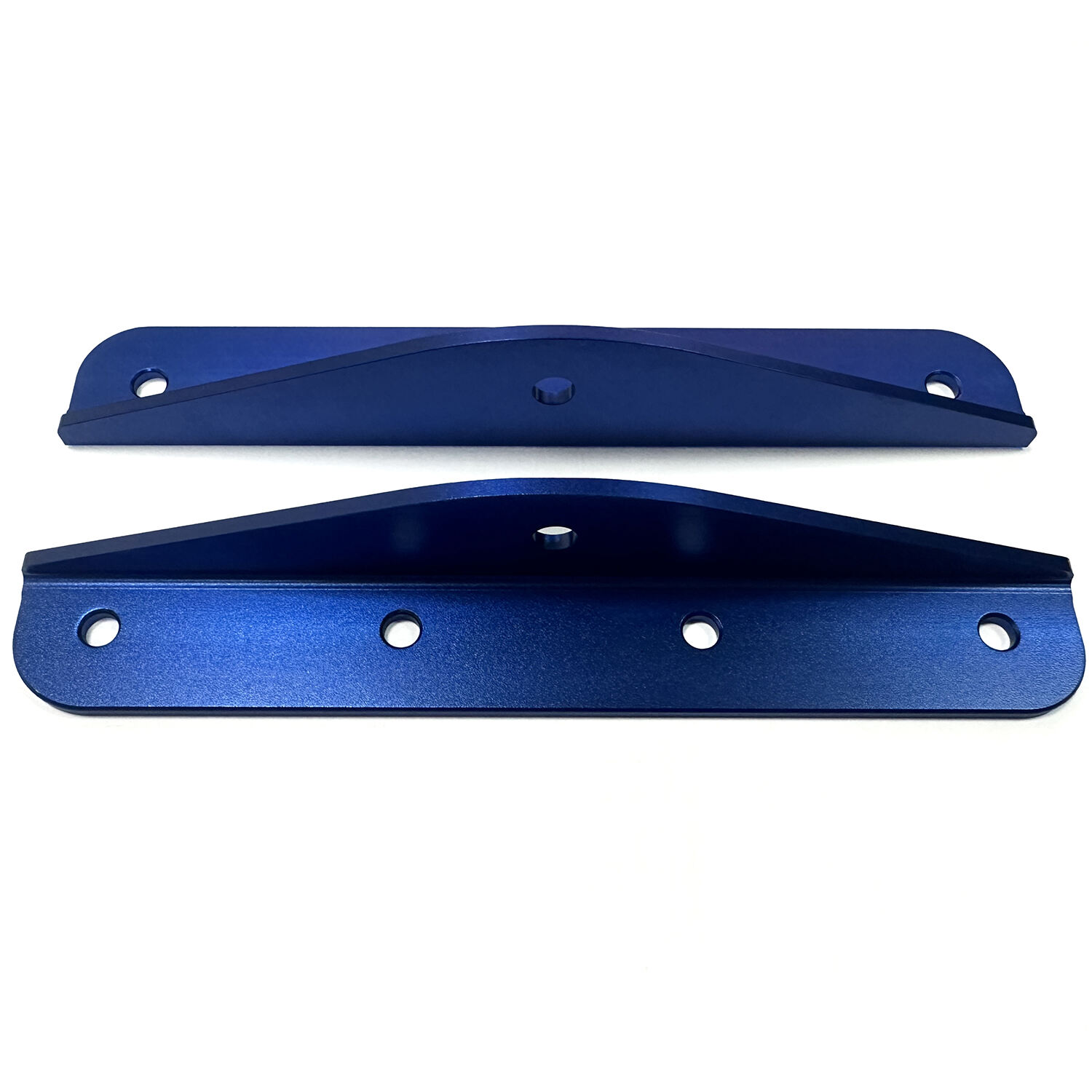CNC lathe machining: realizing the manufacturing of rotating parts
Understanding CNC Lathe Machining for Rotating Parts
CNC lathe machining, also known as Computer Numerical Control, works by spinning a piece of material while a fixed cutting tool shapes it into the desired form. The method lets manufacturers create identical parts over and over again, especially when making items that need to be perfectly round or have features aligned along their central axis. Modern CNC lathes run on software instructions that guide every cut, which means they can produce intricate shapes and threads with remarkable consistency. From metals like steel and aluminum to plastics and wood, these machines tackle all sorts of materials. That versatility makes them indispensable in industries ranging from aerospace to medical device manufacturing, where even small variations can mean big problems down the line.
What really sets CNC lathe machining apart is how automated it actually is. Less need for hands-on work from operators means faster production times overall. Manufacturers these days rely heavily on CNC lathes since they can run continuously without stopping, sometimes even working through nights and weekends. This constant operation helps factories produce more goods while spending less money on staff. Another big plus is that CNC machines create identical parts every single time according to precise measurements. For companies making thousands or millions of components, this consistency matters a lot. Think about car manufacturers needing engine parts that fit perfectly, aircraft builders requiring exact tolerances for safety reasons, or medical device producers who simply cannot afford any variation in their products. All these sectors depend on the kind of accuracy that only CNC lathe technology can deliver consistently day after day.
Key Techniques in CNC Lathe Machining
Precision Turning Techniques
When it comes to precision turning on CNC machines, manufacturers rely on several key methods to get those tight tolerances and really smooth surface finishes. Adjusting the spindle speed matters a lot here, along with getting the feed rates just right. These adjustments make all the difference in whether the part meets spec or ends up scrapped. Aerospace companies especially need this kind of precision because even tiny deviations can cause major problems in flight systems. Same goes for automotive parts where safety is paramount. Modern shops now use sophisticated CNC software alongside specialized cutting tools that let them create intricate designs with pinpoint accuracy. What's interesting is how this tech integration actually cuts down on wasted materials too. When every cut hits exactly where it should, there's simply less scrap generated during production runs.
Optimizing Tool Paths for Efficiency
Optimizing tool paths remains one of the most important techniques when working with CNC lathes to boost manufacturing efficiency across shops. When machinists cut down on unnecessary movement and reduce scrap material, they save money on raw materials and get parts out faster. Modern CAM software does most of the heavy lifting these days, calculating optimal routes for cutting tools that prevent crashes and mistakes during actual machining operations. Safety stays intact while maintaining tight tolerances throughout production runs. For manufacturers trying to squeeze every last bit of productivity from their equipment, proper tool path planning makes all the difference between profit margins and losses. This matters especially in sectors where competition drives constant improvements, like auto component fabrication or aircraft part manufacturing where even small gains translate into big savings over time.
Advanced CNC Lathe Machining Processes
Multi-Axis CNC Turning
When it comes to making complicated shapes, multi-axis CNC turning has changed things quite a bit because the cutting tool can actually move across several different axes at once. Manufacturers now find they're able to make really detailed parts that have much better accuracy and precision than before. This matters a lot for industries where tiny details count, such as in medical devices or precision instruments used in laboratories. Companies adopting this technology get to create parts that just meet but often exceed what those demanding fields require for both reliability and how well they perform under stress. What makes this machining method so valuable is how it connects what designers imagine on paper with actual physical products coming off assembly lines, which explains why so many factories rely on it today.
High-Speed Machining for Rotating Parts
When it comes to cutting down on production time, high speed machining is pretty much essential these days. Manufacturers can boost their output simply by cranking up those spindle speeds and feed rates during part rotation operations. The results? Real money saved on time wasted waiting for machines to do their thing. But there's more than just numbers here too. These fast cutting methods actually lead to better looking surfaces on finished products while also making tools last longer before they need replacing. For shops trying to keep up with tight deadlines without sacrificing quality, adopting high speed techniques makes all the difference between staying ahead of competitors or falling behind in today's manufacturing landscape where every second counts toward profitability.
Exploring CNC Machining Products
Custom CNC Machining Aluminum Parts Rapid Prototyping
Custom CNC machining for rapid prototyping gives businesses a real edge when they need aluminum components made just right for their particular needs. What makes this approach so powerful is how fast it gets parts into the hands of designers who can then experiment with different versions without breaking the bank. Companies often find themselves making multiple tweaks to improve how things work as well as look, which means the finished item actually stands a better chance of hitting what customers want on the shelves. Many manufacturers have told us that being able to iterate quickly saves them time and money in the long run while still delivering products that catch peoples' eyes and perform reliably.
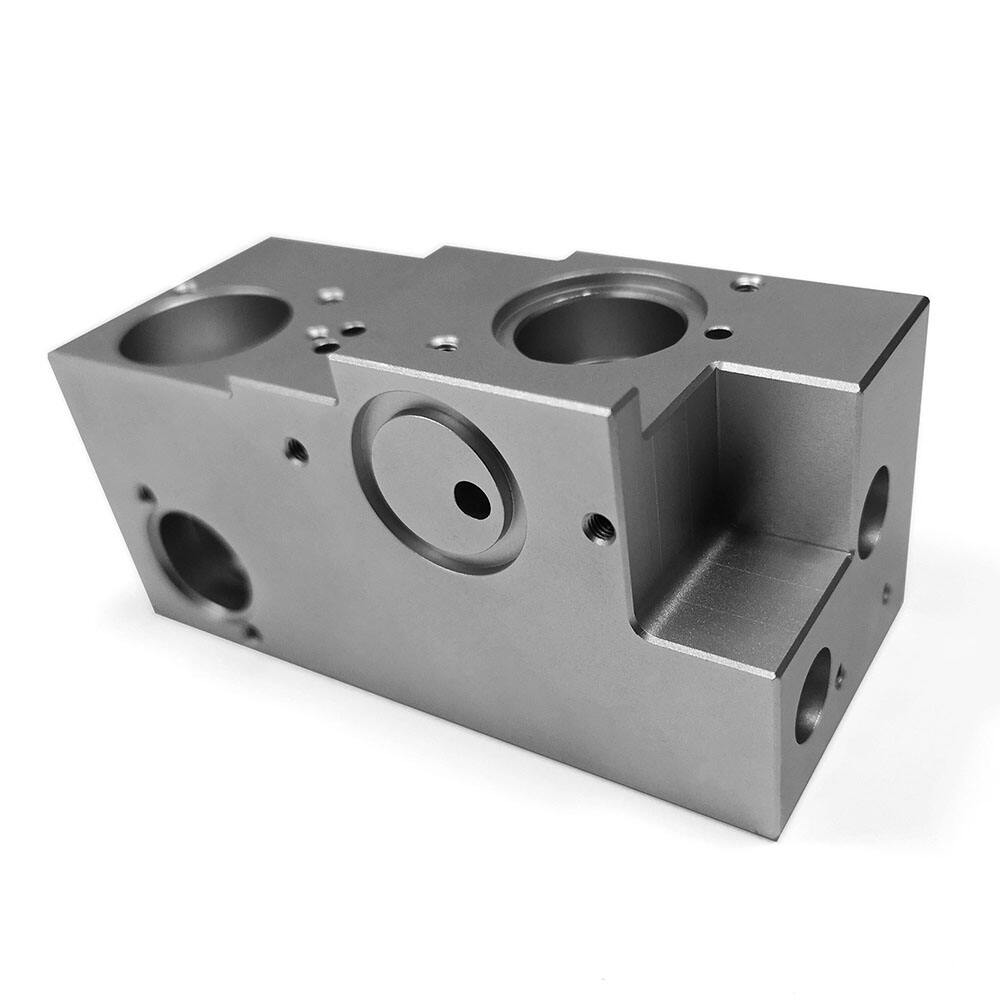
Color Custom Sheet Metal Processing Laser Cutting CNC Precision Parts
Laser cutting tech has become pretty essential for CNC machining work, especially when dealing with sheet metals. It allows manufacturers to craft really detailed designs featuring different colors and surface textures that were once impossible to achieve. With these improvements, factories can now create parts that fit exactly what different industries need. Take consumer electronics for instance, where tiny components must be precise down to the last detail. The automotive sector also relies heavily on laser cutting for everything from body panels to interior trim pieces. The level of accuracy means every single part produced passes strict quality checks, something that traditional methods just couldn't match consistently over time.
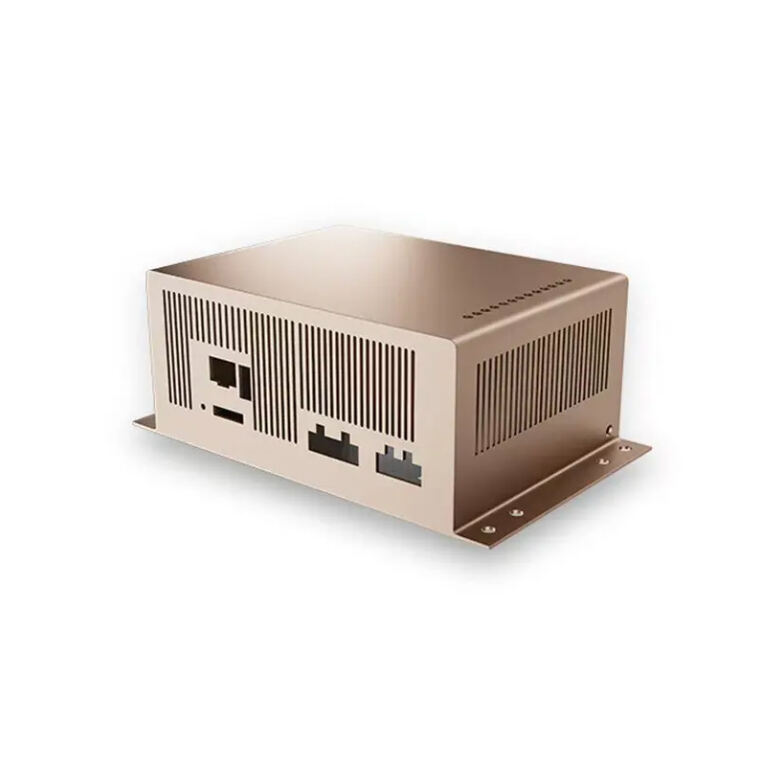
Customized Precision CNC Milling Service Machining Metal Block
When it comes to getting metal blocks machined exactly right, customized precision CNC milling services play a major role in achieving those tight tolerances that specs demand. These services handle everything from minute dimension tweaks to surface finish modifications, all tailored to meet particular design needs that standard processes just can't match. For sectors such as construction equipment fabrication or heavy machinery production, this level of accuracy isn't just nice to have but absolutely necessary for parts that must fit together perfectly and perform reliably under stress. A single misaligned component could compromise entire systems, making these specialized milling capabilities indispensable across many industrial applications today.
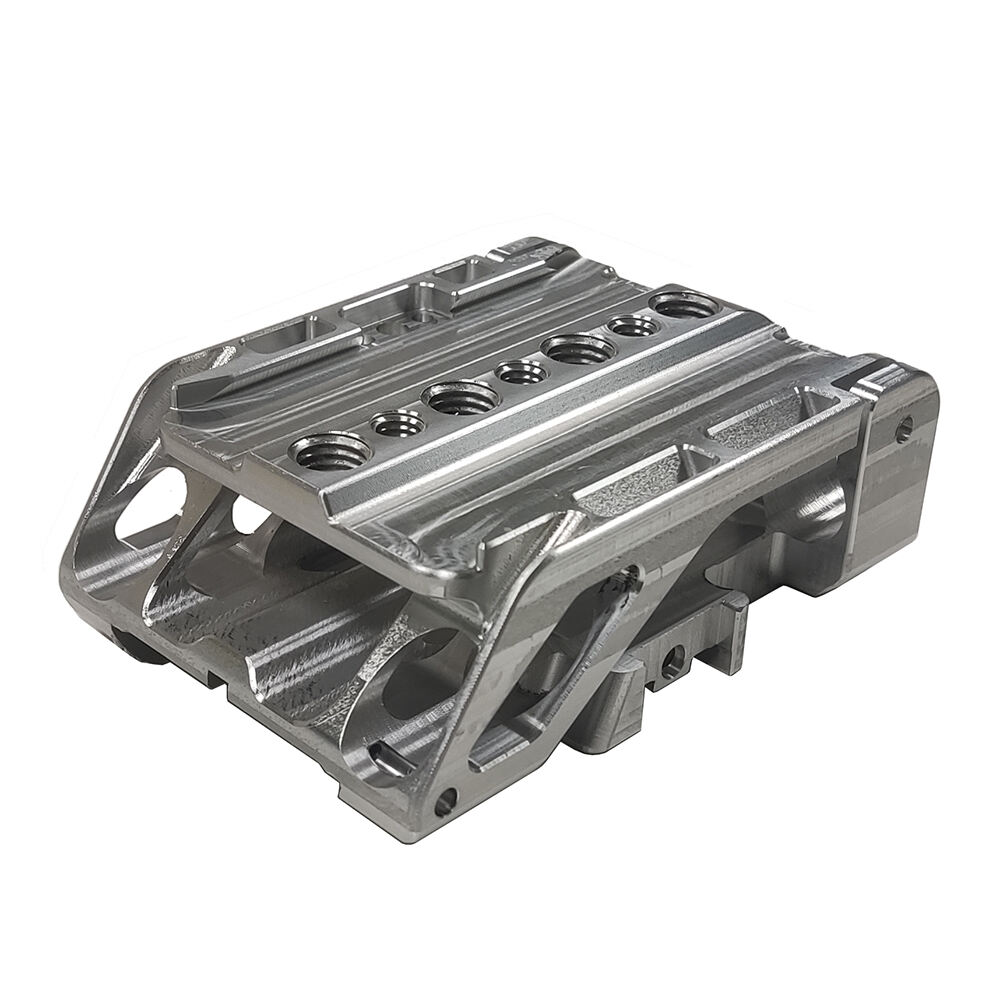
Applications of CNC Lathe Machining in Manufacturing
CNC Lathe Machining in Aerospace
In the aerospace sector, CNC lathe machining plays a major role when it comes to making parts that need to pass strict safety checks and perform under extreme conditions. What makes CNC so valuable here is its ability to achieve incredibly tight tolerances down to just a few microns across surfaces. This kind of precision matters a lot because aerospace components often have really complicated geometries. We're talking about things like turbine blades, structural brackets, and various types of shafts. Manufacturers typically work with tough materials such as titanium alloys and carbon fiber composites for these parts. Working with these materials presents unique challenges since they must hold up against intense heat and pressure while flying at high altitudes. As newer technologies get incorporated into CNC lathes over time, we see better results in how long these components last and how reliably they function throughout their service life in aircraft systems.
CNC Lathe Machining in Automotive
CNC lathe machining has become absolutely essential in making automotive parts that can handle tough operating conditions while still performing at their best. Car manufacturers rely on this technology to create everything from crankshafts and transmission gears down to intricate engine block components. What makes CNC so valuable in our business is its ability to speed up both prototyping and mass production cycles. The auto industry moves incredibly fast these days, and companies need to get new models out there before competitors do. With CNC lathes, engineers can test multiple design variations quickly and then scale up production once they find what works. This helps automakers keep up with constantly changing consumer preferences and stricter emissions regulations across different markets. Looking ahead, many experts believe that continued improvements in CNC technology will drive even more innovation in vehicle design and manufacturing efficiency over the next decade.
Future Trends in CNC Lathe Machining
Automation in CNC Lathe Machining
CNC lathe machining has been transformed by automation technologies that boost productivity while cutting down on labor expenses and ensuring products come out consistently high quality every time. When manufacturers bring in robots along with AI systems, they see their output go up significantly, which makes production lines much faster at adapting to tight schedules. What we're seeing now is traditional machining shops turning into what many call smart factories where machines do most of the work automatically. For companies wanting to keep up with competitors, moving toward automation isn't merely following a passing fad anymore it's becoming essential business practice. The ability to tap into new tech means better results across all operations without compromising on quality standards.
Sustainability in CNC Lathe Machining
CNC lathe machining shops looking at sustainability want to cut down on scrap metal, save power, and lower their carbon output. With climate issues getting more attention worldwide, many machine shops now have green initiatives in place just to stay compliant with new EPA standards and because customers care about where their parts come from. Some common strategies involve keeping cutting tools sharp longer before replacement, finding ways to reuse scrap material instead of tossing it, and fine tuning machine settings so they don't guzzle electricity needlessly. Going green isn't just good PR anymore it actually makes business sense when raw material costs keep climbing. Most major manufacturers already incorporate these practices into daily operations, though smaller shops might still be figuring out how to implement them without breaking the bank.
Recommended Products
Hot News
-
What is MIM processing method?
2025-11-25
-
Does copper for conductive purposes need surface treatment?
2025-11-21
-
Advantages of CNC machining
2024-01-16
-
What is CNC machining technology?
2024-01-16
-
The development trend of CNC machining
2024-01-16
-
What Role does Sheet Metal Shell Processing Play in Electronic Products?
2025-12-04
-
Professional metal charging pile protective cover - escorting charging safety
2025-11-17
-
Can brass be welded?
2025-11-26
-
Good News-aluminum profile mass order has been produced and is about to be delivered
2025-11-27
-
Is there any difference in color between brass sheets and pipes?
2025-12-05

 EN
EN
 AR
AR
 CS
CS
 DA
DA
 NL
NL
 FI
FI
 FR
FR
 DE
DE
 EL
EL
 IT
IT
 JA
JA
 KO
KO
 NO
NO
 PL
PL
 PT
PT
 RU
RU
 ES
ES
 SV
SV
 TL
TL
 ID
ID
 VI
VI
 TH
TH
 MS
MS
